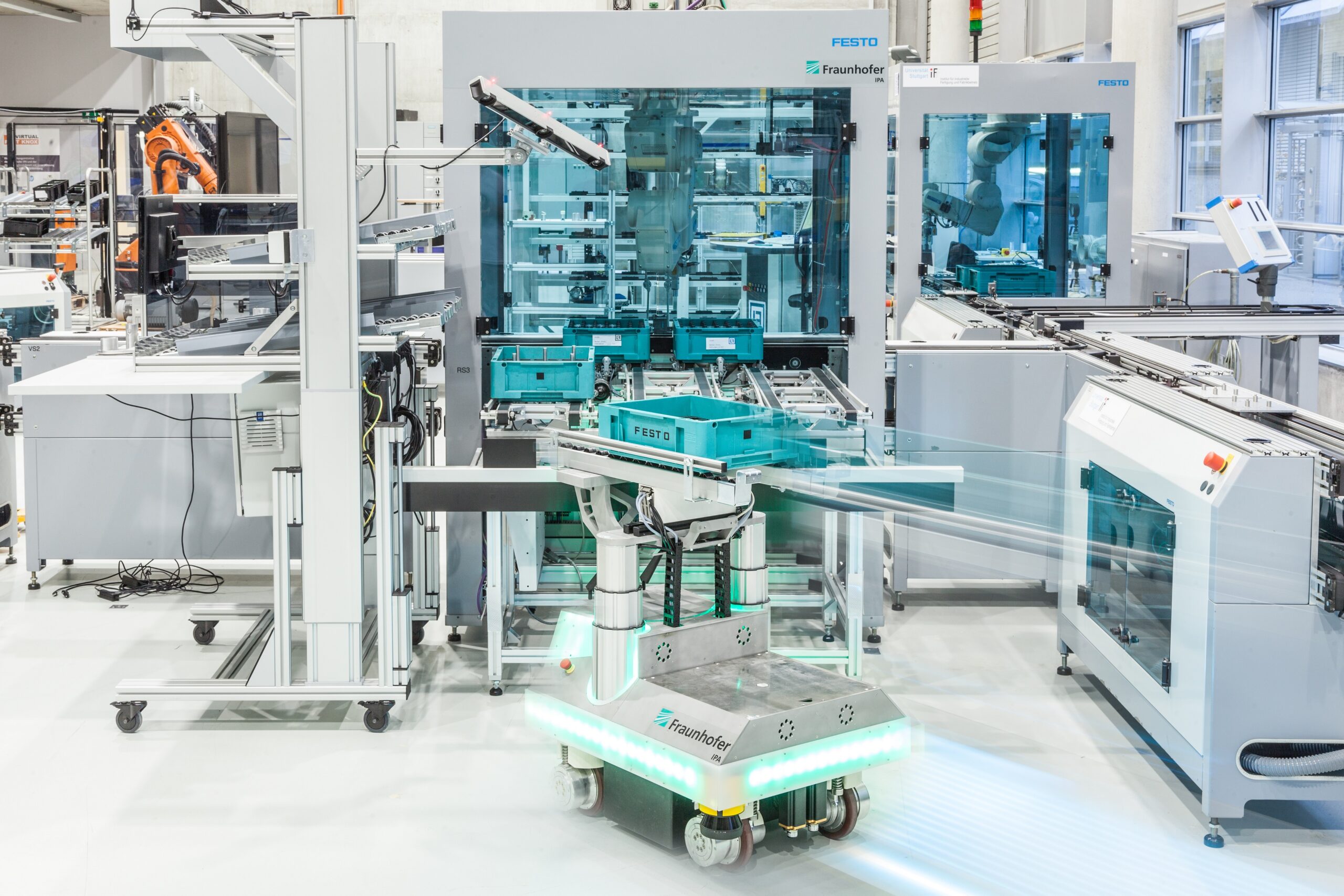AI anomaly detection with limited data sets
Fraunhofer IPA Stuttgart is looking for industrial partners based in Baden-Württemberg for a research project in the field of anomaly detection with limited data sets. If you are a company where anomaly detection plays or could play a strategic role for your business processes, apply to join the research consortium. Start of the AI Innovation Seed project expected from January 2022.
Initial situation
One of the applications where artificial intelligence (AI) can make an important contribution to various business activities is the detection of anomalies. It enables companies to improve their efficiency and product quality by recognizing products, events or situations that deviate significantly from the desired outcome and could pose a problem or danger.

This type of problem, albeit with major differences in implementation, affects a variety of areas such as manufacturing (e.g. defect detection in the product), the pharmaceutical industry (e.g. detection of foreign bodies in a vial), recycling (e.g. detection of poorly differentiated products) or the medical industry (e.g. detection of diseases during examinations).
AI needs data
Developments in the field of deep learning networks make it possible to significantly increase performance in the task type of anomaly detection. However, most of these algorithms require a large amount of data in order to function. This is because the more data is made available to the artificial intelligence models, the higher the probability that the algorithm will achieve better results. Despite its advantages, such an approach to generating large amounts of data also has its pitfalls. On the one hand, because it is difficult to collect large amounts of data in certain contexts, for example if the anomaly only occurs infrequently. On the other hand, because of the process of creating the dataset itself. The process requires a considerable amount of time and money, not only for
the data collection phase, but above all for labeling, in which the data must be processed by sufficiently qualified personnel. Furthermore, the "variability and unpredictability of real contexts" is a critical point of this approach. New types of anomalies could occur in different contexts and undermine the stability of the existing system (ageing of ML networks). A family of AI algorithms capable of overcoming the aforementioned limitations could achieve higher performance by offering more efficiency, flexibility and possibly higher product quality to all companies that use them and extend the use of these algorithms to previously inapplicable areas.
Project goals
The aim of the project is to research and develop cross-context methods of artificial intelligence that enable the recognition of anomalies for real-world use cases and deliver reliable results even when data is scarce. Data scarcity can mean both a lack of annotated data and an insufficient amount of data. In particular, difficult application contexts (low error rate, safety-critical applications, etc.) can lead to a small amount of data. The following questions are therefore addressed in the project presented:
- What strategies are there to solve the problem of detecting anomalies when no data is available?
- Is it possible to develop AI systems that deliver reliable results in real contexts even when there is a lack of data?
- To what extent is the lack of data not a problem for the performance of the AI system?
- To what extent can the models developed be transferred beyond the actual application context to other cases?
Our offer
- Results of research activities based on the use cases proposed by the consortium companies
- Results based on best-practice approaches and the current state of specialist literature
- Investigation of the transferability of developed methods to company-specific use cases
- Interdisciplinary exchange within the project consortium (development of a network of interests)
- Direct participation in the latest research results
Your participation
Your participation in the project is free of charge and, following a selection process, is open to all companies that
- have their registered office or activities in Baden-Württemberg,
- use cases in the context of the research project,
- be able to provide data if possible
- and enjoy interdisciplinary exchange.
What is not included?
However, participation in the consortium does not include financial support for the company's contribution to participation in the project or costs for its own hardware and software.
Project planning
The project will start in January 2022 and run for 12 to 18 months. The project is expected to end in June 2023.
